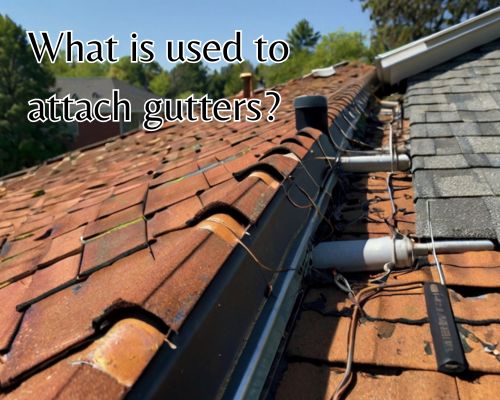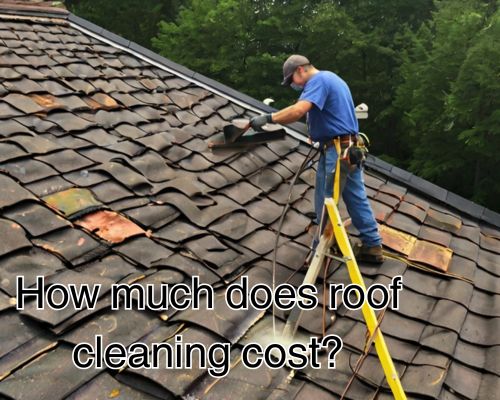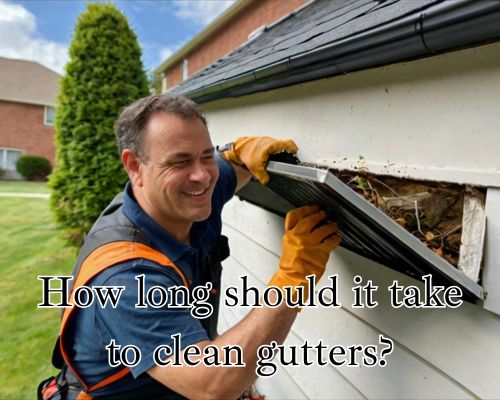When dealing with plumbing work in your Warragul home or business, it’s crucial to understand what different plumbing qualifications mean. One term that comes up often, especially when hiring a licensed tradie, is Grade 3 plumbing. But what is Grade 3 plumbing, and how does it affect the quality and scope of work done on your property?

With Dean Owens of Plumber Warragul, let’s dive deep into this classification, exploring how it applies in the context of Warragul, Victoria, and why it matters to anyone hiring plumbing professionals across the Baw Baw Shire.
🛠️ Understanding Grade 3 Plumbing in Australia
Grade 3 plumbing refers to a qualification level under the national plumbing licensing framework in Australia. It usually indicates a qualified and registered plumber who has completed the necessary trade training and certification and has the authority to carry out a variety of plumbing works under supervision or independently—depending on state requirements.
In Victoria, plumbing is regulated by the Victorian Building Authority (VBA), and plumbers must be registered or licensed to carry out work legally. While the VBA doesn’t explicitly label classifications as “Grade 1, 2, or 3,” the term “Grade 3” is often used informally in the industry or within older classification systems to denote an experienced or mid-level tradesperson.
🧰 What Can a Grade 3 Plumber Do?
In practical terms, a plumber at this level may be capable of:
- Performing general sanitary plumbing work (toilets, sinks, drains)
- Installing and repairing hot and cold water systems
- Connecting roof drainage systems, such as guttering and downpipes
- Working on wastewater and stormwater drainage
- Handling minor gasfitting work, depending on their endorsements
These professionals often work for licensed plumbing contractors or businesses in the Warragul region, including nearby towns like Drouin, Yarragon, and Trafalgar.
📍 Grade 3 Plumbing in Warragul: Local Context Matters
Warragul, nestled in the Gippsland region, experiences significant seasonal rainfall, making roof plumbing and stormwater management critical. Local Grade 3 plumbers must be well-versed in regional building codes, including:
- AS/NZS 3500 plumbing standards
- Baw Baw Shire Council’s regulations regarding sewerage connections and greywater disposal
- Bushfire-prone area requirements, especially for plumbing penetrations and water supply for fire safety
Local expertise also means familiarity with Warragul’s housing stock, which includes everything from historic Federation-style homes to modern energy-efficient builds. Plumbing solutions often need to be customised to suit older pipework, weatherboard structures, and increasingly popular rainwater harvesting systems.
💡 Why It Matters: Grade 3 Plumbing and Compliance
Homeowners and developers in Warragul must only engage qualified professionals for plumbing work. Hiring a plumber with Grade 3 experience (or equivalent certification) ensures:
- Code compliance with local and national building laws
- Safe installation of plumbing fixtures
- Reduced risk of water leaks, burst pipes, or non-compliant drainage systems
- Proper documentation, including compliance certificates where required
This is especially important when applying for permits, selling your property, or lodging insurance claims.
For plumbing needs, go to Plumber Warragul.
🔍 Related Terms (LSI Keywords) to Know
To further enrich your understanding and help with search relevance, here are some LSI (Latent Semantic Indexing) keywords connected to “What is Grade 3 plumbing?”:
- Licensed plumber Victoria
- Victorian Building Authority plumbing
- Registered plumber Warragul
- Sanitary plumbing classification
- Drainage plumber qualification
- VBA compliance certificate
- Roof plumbing Warragul
- Hot water system installation Gippsland
🔧 How to Verify a Plumber’s Qualification in Warragul
Whether you’re in Ellinbank, Lillico, or central Warragul, you can confirm a plumber’s registration status through the VBA online license search. Here’s how:
- Visit the VBA website.
- Search using the plumber’s name or license number.
- Check their license class, endorsements, and validity.
Also, many reputable plumbing businesses in the Warragul area will list their VBA registration number on their website or service vehicles—don’t hesitate to ask!
🚿 Common Services Grade 3 Plumbers Handle in Warragul
In Warragul, many Grade 3 plumbers provide everyday services for residential and light commercial clients, including:
- Blocked drains and CCTV inspections
- Toilet repairs and installations
- Tapware upgrades
- Hot water system servicing
- New plumbing for kitchen and bathroom renovations
- Water leak detection
- Guttering and downpipe repairs
Their role is often critical during new builds or extensions, working alongside builders to install plumbing systems that meet VBA requirements and local Baw Baw planning codes.
🏠 Case Study: Grade 3 Plumbing in a Warragul Home Renovation
Consider a typical example: a homeowner in Sutton Street, Warragul, decides to remodel their 1970s bathroom. The plumbing system needs modernisation to support a new rain shower, vanity, and efficient toilet.
A local Grade 3 plumber:
- Assesses the existing pipework
- Installs compliant water supply and drainage systems
- Coordinates with waterproofers and tilers
- Provides a VBA Certificate of Compliance
By hiring a properly qualified plumber, the homeowner ensures the work is safe, legal, and supports the home’s long-term value—plus it helps avoid costly rework down the track.
🛡️ Risks of Using Unqualified Plumbers in Warragul
Using a non-qualified plumber—or someone who misrepresents their credentials—can lead to:
- Non-compliance fines
- Voided insurance claims
- Health risks from cross-contamination
- Leaks that cause mould or structural damage
With high rainfall and a sloping landscape in many Warragul areas, drainage and roof plumbing are particularly sensitive. Only a qualified plumber—such as one with Grade 3 experience—has the know-how to ensure systems are up to code and built to last.
🧭 Final Thoughts: Choosing the Right Plumber in Warragul
So, what is Grade 3 plumbing? In Warragul, it typically refers to a capable, trade-certified plumber equipped to handle essential domestic plumbing tasks. While not an official VBA label, it’s a helpful industry shorthand that denotes someone you can trust for general plumbing work.
When searching for reliable plumbing services in Warragul, prioritise professionals who:
- Are VBA registered or licensed
- Have proven experience in Gippsland building types
- Offer compliance certificates for peace of mind
- Can demonstrate understanding of local codes and challenges
📞 Need a Plumber in Warragul?
If you’re planning plumbing work in Warragul, Drouin, or Yarragon, make sure you’re working with professionals who understand local conditions and regulatory requirements. Ask about their qualifications, including whether they fit the “Grade 3” level of skill and experience.
🔧 Your pipes deserve more than guesswork—choose verified expertise.








